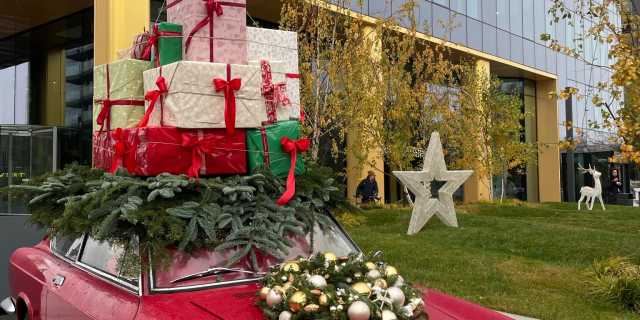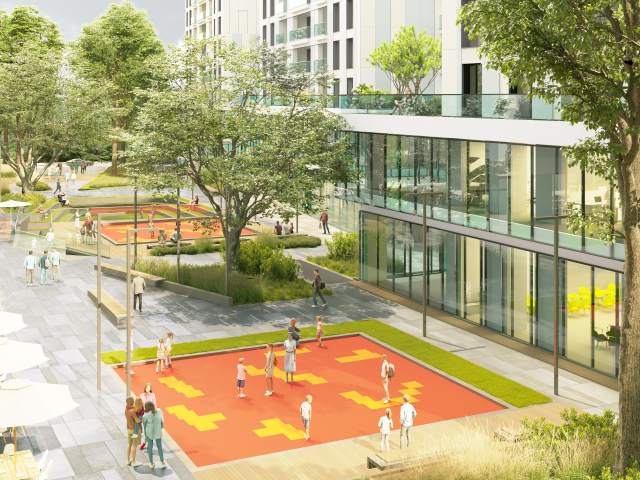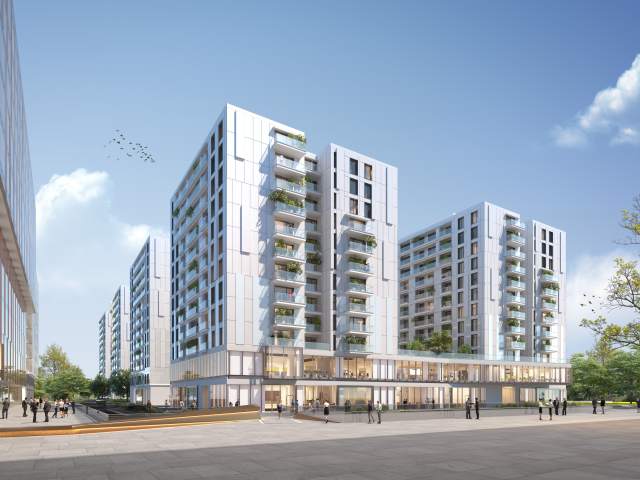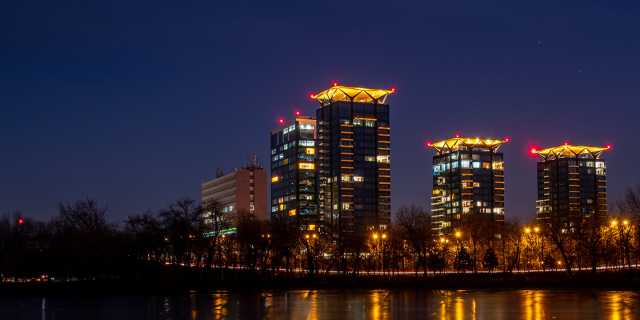A long time ago, until the middle of the 17th century, there was a dense forest on the site of the current district, where thieves and outlaws were said to be hiding. Hence the name Cotroceni was born from an archaic verb that had the meaning of sheltering, hiding, or losing track. When it became the property of Șerban Cantacuzino, after 1670, a monastery would be built on Cotroceni Hill (on the land of which the first Botanical Garden in Bucharest would be opened) and several princely houses. Carol I ordered their demolition and the construction of a palace to serve as his residence in Bucharest. Thus, in 1888, the construction of the building began, with French architect Paul Gottereau in charge of the project.
After serving for centuries as a holiday residence for the country's royal family, with the establishment of the communist regime, the building would be transformed into the Pioneer Palace, and after 1990 the Cotroceni National Museum and the country's presidency would function inside the palace. In 2004 the church of the Cotroceni monastery, demolished in 1984, by order of Nicolae Ceaușescu, was partially restored, recovering some of the old stone decorations.
In Cotroceni you can visit several sights, such as the church of St. Elefterie Vechi, built almost three centuries ago, today a historical monument, the Botanical Garden "Dimitrie Brândză", spread over an area of 17.5 hectares, the Stairs of Happiness, which we talked about in another article, dedicated to the most beautiful streets of Bucharest, and also residential houses of special beauty. On the streets of the neighbourhood we meet, for example, the former residence of Colonel Cezar Golici, designed in neo-Romanian style by Virginia Andreescu Haret, the first woman architect in Romania, as well as Pipoș-Cionca house, the only home in the country designed with the help of architect Victor Ștefănescu in the shape of a piano, following the Art Deco style. The house once belonged to pianist Aurelia Cionca, Dinu Lipatti's teacher and much appreciated by Queen Elizabeth of Romania. Among the illustrious names who lived in the area of Cotroceni are Carol Davila, the writers Marin Preda and Liviu Rebreanu, and also the poet Ion Minulescu, whose memorial house can still be visited.
Cotroceni district will host, on an area of over 5.8 hectares, the mixed-use real estate development One Cotroceni Park, part of One United Properties portfolio, the largest urban regeneration project in Bucharest, which will give back to the city a previously abandoned area. Together with the residential component, which will offer approximately 850 apartments, the project will also include office space, consisting of three office buildings, which will cover an area of over 70,000 square meters, along with about 15,000 square meters of commercial space on the ground floor, as well as three underground car parks.
Facilities at One Cotroceni Park include green areas, outdoor cycling and running track, restaurants, cafes and bars, essential services such as pharmacy and laundry / dry cleaning, a swimming pool, and cinema. In addition, the inhabitants of the complex will enjoy a panoramic view of the Cotroceni Palace, the Botanical Garden, just minutes away, and the Parliament Palace.
Data for this article was obtained from historia.ro, B365.ro, wikipedia.org, designedtotravel.ro și @aiciastat. Photo credit: muzeulcotroceni.ro.
More on our blog
- One Insider
- Real estate: past, present and future
- Layout and style
- Real estate education
- Free time in Bucharest
- Tourist attractions in Bucharest
- The neighborhoods of Bucharest
Read also









